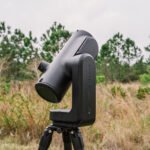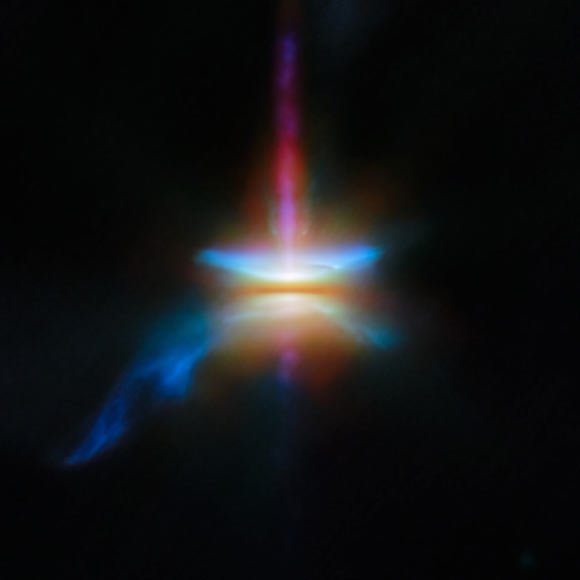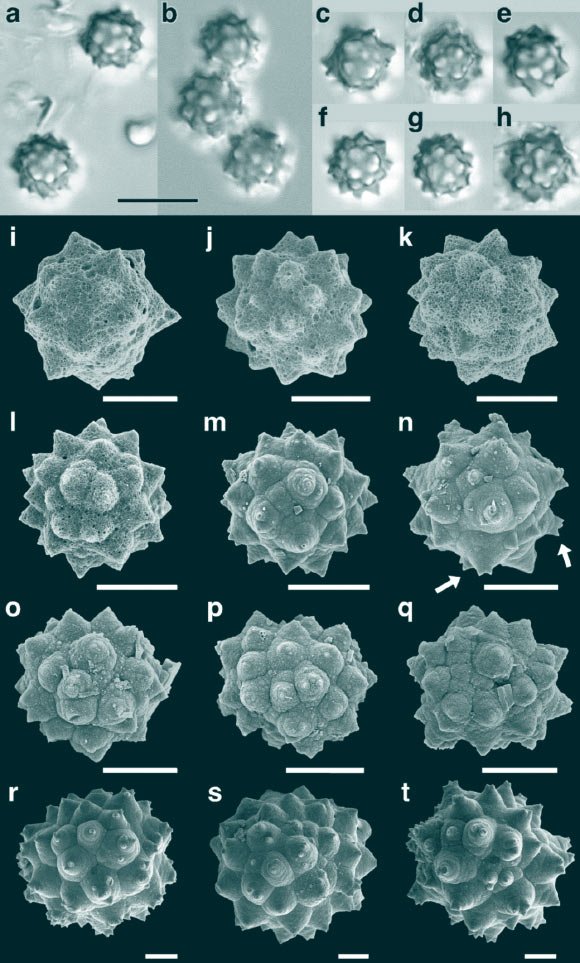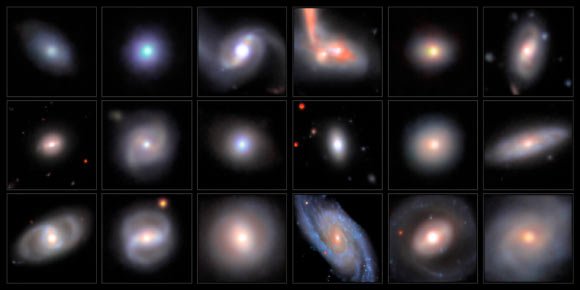Using the Near Infrared Camera (NIRCam) and the Mid-Infrared Instrument (MIRI) aboard the NASA/ESA/CSA James Webb Space Telescope, astronomers have captured a stunning image of the edge-on protoplanetary disk around the Herbig-Haro object HH 30, which is located in the dark cloud LDN 1551 in the Taurus Molecular Cloud.

This Webb/NIRCam/MIRI shows the Herbig-Haro object HH 30. Image credit: NASA / ESA / CSA / Webb / Tazaki et al.
Herbig-Haro objects are small bright patches of nebulosity associated with protostars in star-forming regions.
These structures were first observed in the 19th century by the American astronomer Sherburne Wesley Burnham, but were not recognized as being a distinct type of emission nebula until the 1940s.
The first astronomers to study them in detail were George Herbig and Guillermo Haro, after whom they have been named.
Herbig-Haro objects are formed under very specific circumstances — when hot gas ejected by a newborn star collides with the gas and dust around it at speeds of up to 250,000 kmh (155,000 mph), creating bright shock waves.
They come in a wide array of shapes, the basic configuration is usually the same: twin jets of heated gas, ejected in opposite directions from a forming star, stream through interstellar space.
“HH 30 is an example of where this outflowing gas takes the form of a narrow jet,” the astronomers said.
“The source star is located on one end of the jet, hidden behind an edge-on protoplanetary disk that the star is illuminating.”
Using the Webb instruments, the researchers investigate the HH 30 object in great detail.
They also analyzed data from the NASA/ESA Hubble Space Telescope and the Atacama Large Millimeter/submillimeter Array (ALMA).
“The long-wavelength data from ALMA trace the location of millimeter-sized dust grains, which are found in a narrow region in the central plane of the disk,” they said.
“The shorter-wavelength infrared data from Webb reveal the distribution of smaller dust grains.”
“These grains are only one millionth of a meter across — about the size of a single bacterium.”
“While the large dust grains are concentrated in the densest parts of the disk, the small grains are much more widespread.”
“Combined with the keen radio-wavelength eyes of ALMA, the Webb observations show that large dust grains must migrate within the disk and settle in a thin layer,” they added.
“The creation of a narrow, dense layer of dust is an important stage in the process of planet formation.”
“In this dense region, dust grains clump together to form pebbles and eventually planets themselves.”
“In addition to the behavior of dust grains, the Webb, Hubble, and ALMA images reveal several distinct structures that are nested within one another.”
“A high-velocity jet of gas emerges at a 90-degree angle from the narrow central disk.”
“The narrow jet is surrounded by a wider, cone-shaped outflow.”
“Enclosing the conical outflow is a wide nebula that reflects the light from the young star that is embedded within the disk.”
“Together, these data reveal HH 30 to be a dynamic place, where tiny dust grains and massive jets alike play a role in the formation of new planets.”
The findings will be publlished in the Astrophysical Journal.
_____
Ryo Tazaki et al. 2025. JWST Imaging of Edge-on Protoplanetary Disks. IV. Mid-infrared Dust Scattering in the HH 30 disk. ApJ, in press; arXiv: 2412.07523











